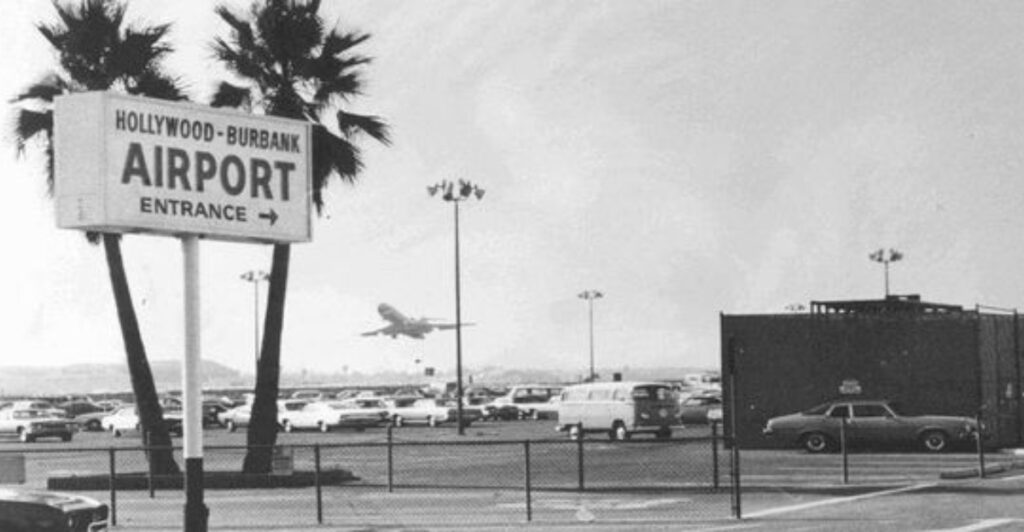If you’ve ever stared at your boarding pass and wondered why ORD means Chicago O’Hare or MCO lands you in Orlando, you’re not alone. Many U.S. airport codes feel totally disconnected from the cities they serve — and for good reason. These quirky abbreviations are usually remnants of aviation history, name changes, or local oddities. Here are 12 airport codes that no longer make sense (but still get you to the right place).
1. ORD — Chicago O’Hare International Airport

The name Orchard Field might not ring a bell, but it was once the original moniker for what is now known as Chicago O’Hare International Airport. The code ORD was derived from this less-known title. Today, this bustling hub honors World War II hero Edward “Butch” O’Hare.
Renamed to commemorate his bravery, the airport’s code remains a nostalgic nod to its past. Why didn’t it change to something more Chicago-like, such as CHI? The answer is rooted in aviation tradition, where altering established codes can lead to logistical nightmares.
ORD thus serves as a living archive of history in the ever-evolving world of aviation.
2. MCO — Orlando International Airport
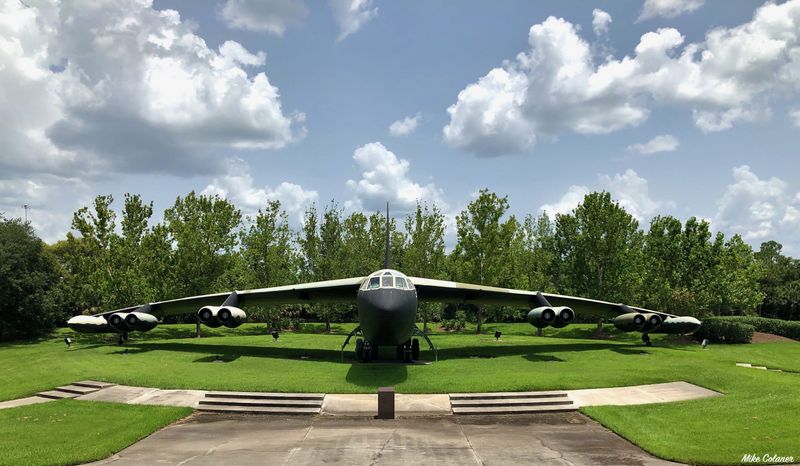
While Orlando is synonymous with family vacations and theme parks, its airport code tells a different story. MCO stands for McCoy Air Force Base, reflecting the land’s previous life as a military installation.
Although the airstrip has transformed into a gateway for millions of tourists, the code remains unchanged. It’s an homage to its roots, preserving a piece of aviation history in every boarding pass.
People might scratch their heads wondering why MCO, but for those familiar with its past, it’s a testament to the land’s ever-changing purpose.
Next time you fly into Orlando, take a moment to reflect on the legacy carried by those three letters.
3. CVG — Cincinnati/Northern Kentucky International Airport
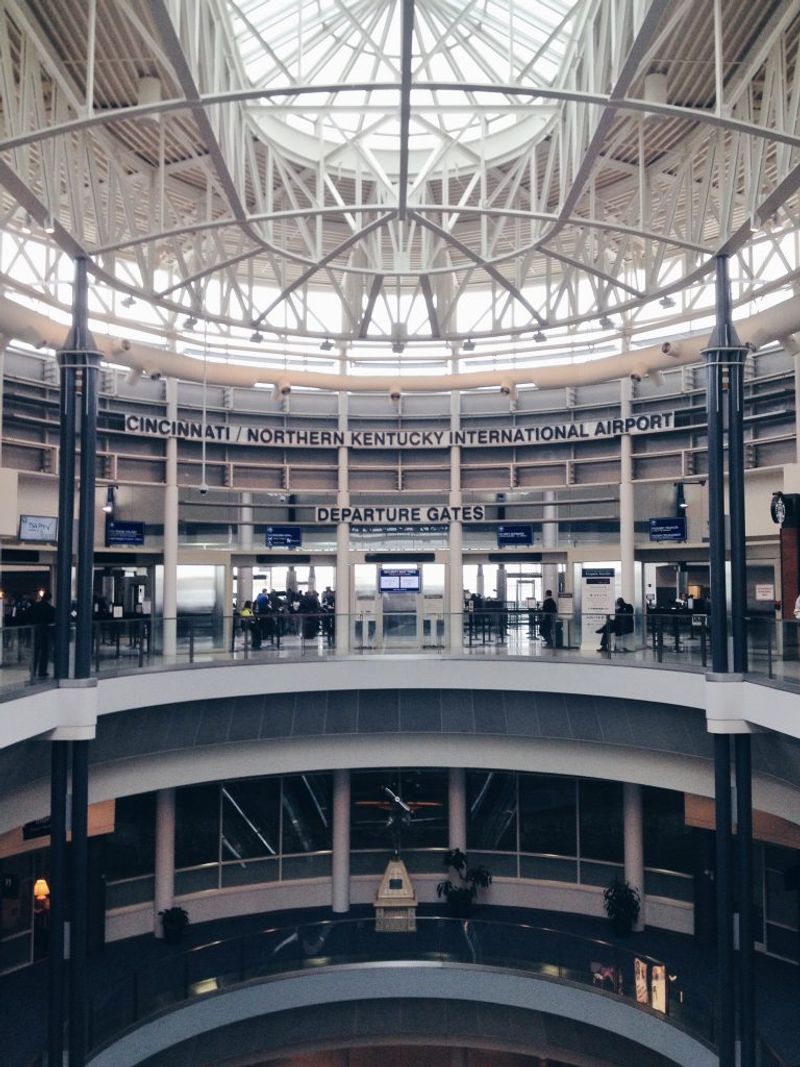
Think Cincinnati, and CVG hardly seems a logical fit. That’s because this airport is actually located in Hebron, a city in Northern Kentucky. The letters CVG stand for Covington, a nearby city, adding to the geographical puzzle.
Though Cincinnati claims it as its own, the airport’s roots are firmly planted across state lines. It’s a curious case of municipal branding and necessity, where functionality triumphs over familiarity.
For travelers, it becomes an amusing factoid about regional nuances. Despite being part of the Greater Cincinnati area, the airport’s designation remains a testament to its Kentuckian origin and complicated identity.
4. YYZ — Toronto Pearson International Airport
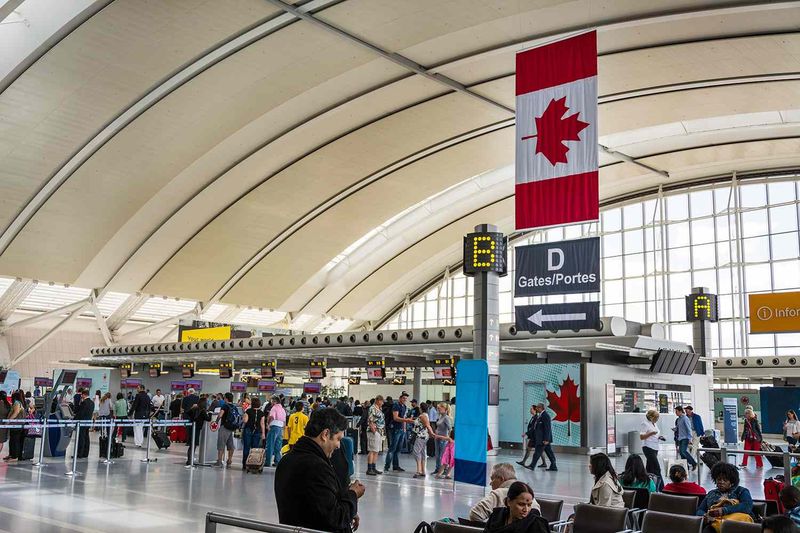
Toronto’s airport code, YYZ, seems like a cryptic riddle. In Canada, major airports often start with the letter ‘Y’, a holdover from historical weather station identifiers. The ‘YZ’ is sourced from an old weather station once located nearby.
Instead of representing the city directly, the code forms part of a broader Canadian aviation tradition. While other countries may tie codes closer to city names, Canada’s system prioritizes historical continuity.
So, the next time you see YYZ on a luggage tag, remember it’s more than an airport code; it’s a subtle nod to Canadian meteorological history. The complexity highlights a national approach that values historical consistency over simplicity.
5. EWR — Newark Liberty International Airport

The choice of EWR for Newark might seem a bit off, especially with more intuitive options like NWK or NEW. But FCC regulations prohibit airport codes beginning with ‘N’ due to conflicts with radio call signs.
EWR was born out of necessity, an inventive workaround in a regulatory landscape. It underscores the intricate dance between aviation and communication systems in America.
While Newark’s code appears enigmatic, it’s a testament to clever problem-solving in the face of bureaucratic challenges. Each time a boarding pass displays EWR, it’s a subtle salute to the complexities of 20th-century technological constraints.
6. PHX — Phoenix Sky Harbor International Airport

Phoenix may not immediately suggest an X, yet PHX is the airport’s code. In early aviation systems, X was often used as a filler when cities needed an extra letter.
This seemingly arbitrary decision has since become an iconic part of Phoenix’s aviation identity. The letter choice adds an element of mystery to an otherwise straightforward name.
For those boarding flights at Sky Harbor, the X might be a quirk, but it’s a reminder of simpler categorization times. Embracing the unexpected, PHX continues to be a staple in American airport coding, marrying historical practicality with modern-day operations.
7. BOS — Boston Logan International Airport
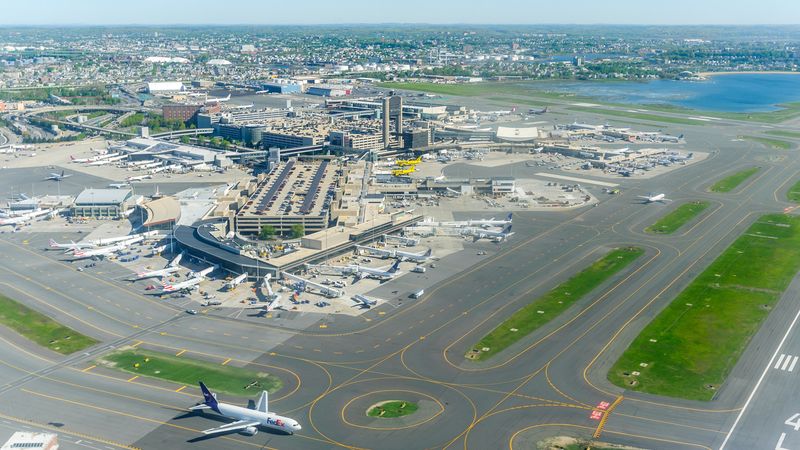
Boston Logan’s airport code, BOS, reflects an era when simpler abbreviations ruled. Although one might expect a more elaborate rendition like BLI, BOS serves as a straightforward representation.
The name Logan came later, but the original code endured, rooted in an era of minimalism. It’s a reminder of a time when airports were a burgeoning part of urban landscapes.
Despite newer naming conventions, BOS remains a steadfast emblem of Boston’s aviation past. Travelers flying out of Logan carry with them a piece of that early history, embedded in a trio of enduring letters.
8. GEG — Spokane International Airport
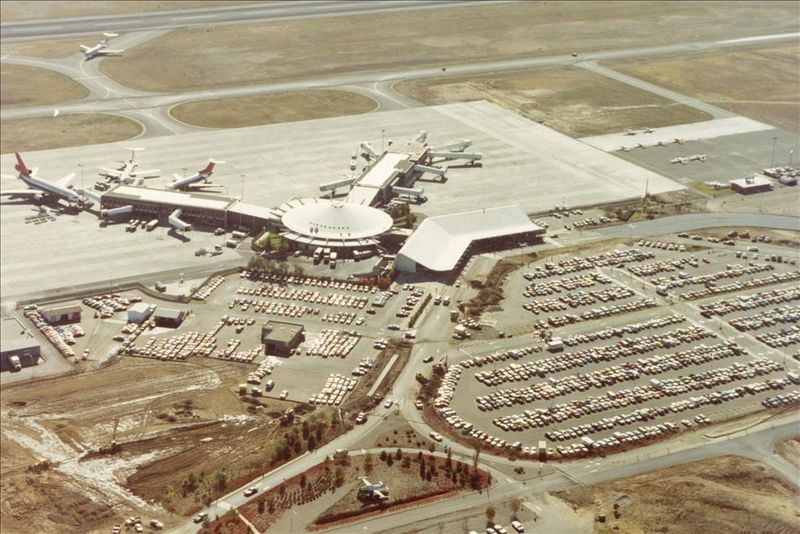
Spokane International Airport proudly displays the code GEG, an homage to its original name, Geiger Field. Named after Army aviator Major Harold Geiger, this designation marks Spokane’s early aviation chapter.
The transition to Spokane International didn’t alter the code, preserving a piece of local pride. It’s a curious memento from a time when fields were named after aviation pioneers.
For visitors, the code GEG represents more than a destination—it’s a tribute to those who laid the groundwork for modern flight. In the heart of Washington State, it stands as a memorial to the region’s pioneering spirit.
9. OGG — Kahului Airport (Maui, Hawaii)

OGG may seem puzzling for an airport on Maui, but it’s a tribute to Bertram J. “Jimmy” Hogg, a pioneering figure in Hawaiian aviation. His contributions were immortalized through this code, chosen to honor his legacy.
Kahului Airport serves as a gateway to paradise, but the letters OGG tell a deeper story of innovation and dreams. Each flight arriving in Maui carries this legacy forward.
For travelers, OGG isn’t just an identifier; it’s a celebration of courage and vision that shaped aviation in Hawaii. As flights touch down, they do so on a runway paved with history and homage.
10. MSY — Louis Armstrong New Orleans International Airport
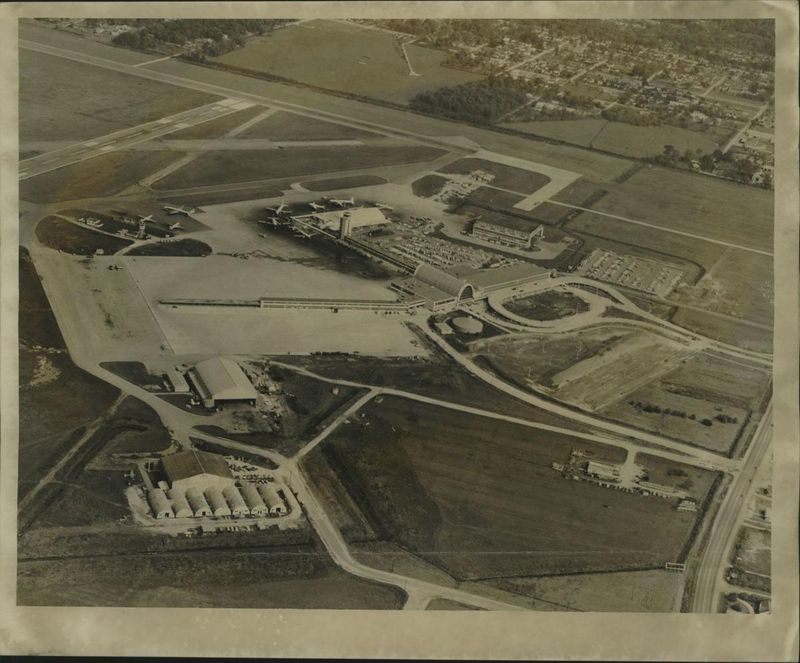
The bustling energy of New Orleans is encapsulated by MSY, a code that seems to defy easy logic. Yet, it’s a nod to the Moisant Stock Yards, an area named after aviator John Moisant.
Long before jazz, this site was a hub for livestock and early aviation dreams. As the airport evolved, the letters MSY remained, a quirky tribute to its roots.
Travelers might find the code intriguing, a reminder of how history intertwines with modern infrastructure. It stands as an ode to innovation and the city’s vibrant, eclectic spirit, forever etched in the annals of aviation.
11. PIE — St. Pete–Clearwater International Airport
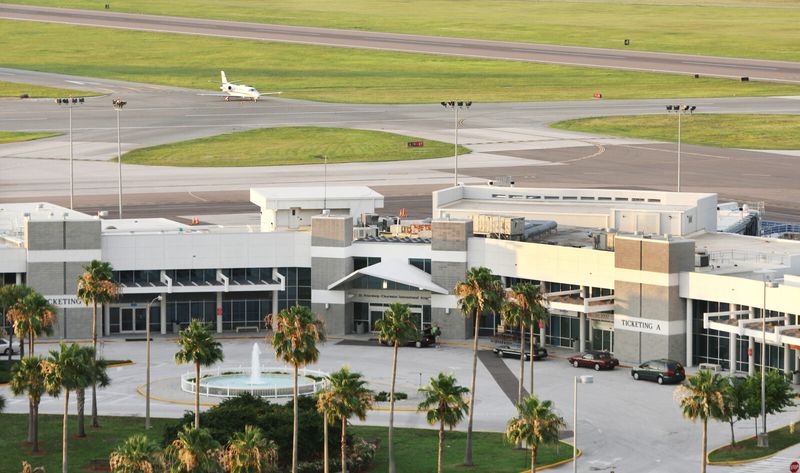
PIE conjures images of dessert, yet for St. Pete and Clearwater, it represents Pinellas County. This code ties the airport to its geographical roots, though it leaves travelers guessing.
Pinellas is a beautiful area, and the code PIE invites a playful curiosity about its origins. It’s both misleading and charming, capturing the essence of a sun-soaked region.
For visitors, PIE is a conversation starter, an oddity that adds a touch of whimsy to travel plans. It’s a sweet slice of Florida’s unique take on aviation, nestled comfortably between two inviting coastlines.
12. BUR — Hollywood Burbank Airport
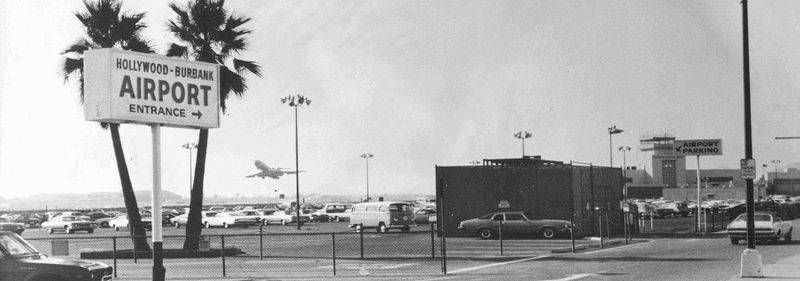
BUR harks back to a time when Burbank was the main focus, despite its current Hollywood branding. Formerly Bob Hope Airport, this code predates its celebrity association.
The choice to retain BUR celebrates Burbank’s aviation significance in a nostalgic way. It’s a tale of two cities—Hollywood’s glamour and Burbank’s quiet contribution to flight.
For travelers, the code BUR offers a glimpse into an era before the glitz, when practicality trumped image. It’s an enduring label that reflects the region’s dual identity, bridging past and present seamlessly.

